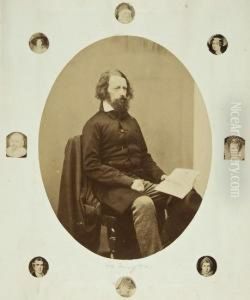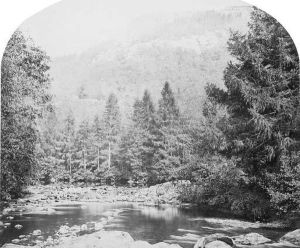James Mudd Paintings
James Mudd was a British photographer and artist, born in 1821 in Manchester, England. Mudd is often remembered for his contributions to the early days of photography, particularly for his landscape and architectural works. His interest in photography began in the mid-19th century, a time when this new medium was rapidly developing and gaining popularity. Mudd was one of the early adopters of photography in the UK, and he became known for his technical skill and artistic eye.
Mudd was not only a photographer but also an active member of the Manchester Literary and Philosophical Society, reflecting his broader interests in science and the arts. His photographic work often showcased his fascination with the natural world, as well as the built environment. Mudd was known to experiment with different photographic processes and techniques, which was common among photographers of his time as they searched for improved methods of image-making.
Throughout his career, Mudd received recognition for his photographic compositions and was involved with the Photographic Society of London, which later became the Royal Photographic Society. His contributions to the field were part of the broader Victorian photography movement, which sought to establish photography as both a scientific tool and a legitimate form of artistic expression.
James Mudd continued to work and innovate in photography until his death in 1906. His legacy is preserved in the collections of various institutions, and his work remains of interest to historians of photography, particularly those studying the medium's development in the 19th century. Mudd's photographs are valued not only for their aesthetic qualities but also for their historical significance as documents of the Victorian era.

